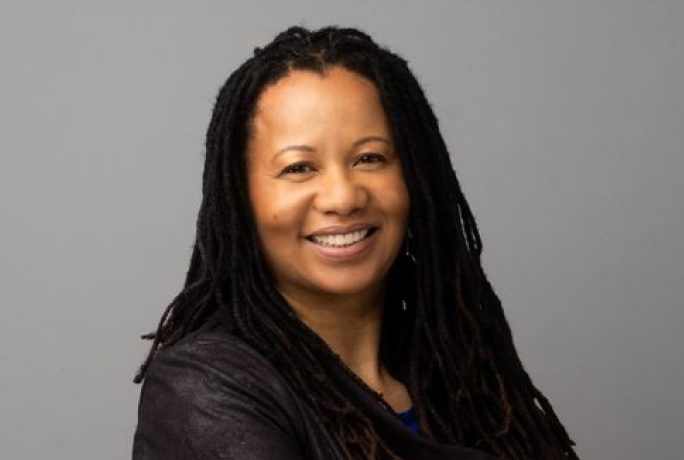Before there was Canada and the USA, there was British North America.
Slavery North prioritizes the following five areas of research:
Slavery North prioritizes the following five areas of research:
Canadian participation in Transatlantic Slavery is little known. Canadians routinely celebrate their role in the Underground Railroad (1834-65), and while it is true that thousands of enslaved people fled north across the US border, it is also true that from at least the 1600’s until 1834, the British and French enslaved thousands of Black and Indigenous people in Canada. To understand Canada’s complete history, and to achieve reconciliation, the truth about Canadian Slavery must be accessible, studied, and acknowledged.
The number of scholars devoted to the study of slavery in the American South, the Caribbean, and the northern parts of South America, has led to diverse, specialized studies, including that of slave culture, diet, dress, family structures, and much more. Slavery North aims to apply a similar lens to better understand the uniqueness of Canadian Slavery.
For example, the analysis of fugitive slave advertisements has been a sub-field in American, Caribbean, and South American slavery studies since the 1970’s. In comparison, beginning in 2016, Dr. Nelson’s research is the first in-depth study of Canadian slave advertisements.
Like Canada, the American North is typically discussed as a space of anti-slavery activism and not a place where Transatlantic Slavery took root. However, states like Massachusetts, New York, Pennsylvania, and Rhode Island had active colonial ports renowned for their trade in slave-produced crops and enslaved people, and for the building of slave ships. The enslaved were forced to labour in various trades, outdoor labour, and agriculture as well as within the homes of their white enslavers. Their smaller population size and the increased proximity to whites led to greater surveillance which inhibited the unimpeded practice and preservation of their African cultures.
Enslaved black people were commonly trafficked in both directions between various US and Canadian regions, as when the white Massachusetts-born merchant Malachy Salter wrote from Halifax in 1759 to his wife who was visiting family in Boston, to “pray purchase a negro boy”. In another case the 30 September 1751 edition of The Boston Evening-Post included a slave sale notice from Benjamin Hallowell, which boasted “JUST arrived from Halifax, and to be sold, Ten hearty strong Negro Men, mostly Tradesmen, such as Caulkers, Carpenters, Sailmakers, and Ropemakers.” Far more research is needed to understand the practice of slavery and the nature of enslavement in the American North.
Nations like Canada, Argentina, Denmark, Norway, Scotland, and regions like the American North are often overlooked and understudied within the field of Transatlantic Slavery Studies. These regions share similarities in the smaller size of enslaved populations and the nature of their climates, as well as the development of customs and patterns of slave culture, dress, and food which were distinct from tropical regions.
For example, the colder climates of these regions meant that the enslaved were more likely to suffer from things like frostbite due to the effects of the harsh, cold winters. The harm of frostbite was documented as missing digits in Quebec fugitive slave advertisements. Slave dress in colder climates also resulted in enslavers providing cold weather dress for the enslaved to protect their human “property.” Slavery North encourages and supports the comparative examination of these regions to better understand how they were distinct from and similar to sites of tropical plantation slavery.
In the late seventeenth century, colonial administrators in New France (later Quebec) petitioned King Louis XIV of France for the right to import enslaved Africans. With evidence of the wealth generated from the exploitation of enslaved communities in New England and the trade routes of slave-produced plantation goods between the French Caribbean and New France already established, the venture moved forward. Thus, began the official importation of enslaved African-born and black Creole people (born in the Americas) from the French Caribbean into port settlements like Montreal and Quebec City.
Similarly, the British importation of slave-produced goods and enslaved people flourished in other regions of Canada and the American North. These trade networks enriched many white settlers like James McGill of Montreal and Joshua Mauger of Halifax who were West Indian merchants. Little research has been done on these West Indian merchants, their voyages between the northern parts of British North America and the Caribbean, the experiences of enslaved captives onboard their ships, the rationale of the selection of enslaved people who were sold northward, and their acclimatization once in Canada and the American North.
Africans were meant to replace and supplement the “failed” labour of indigenous populations who were initially enslaved, but frequently succumbed to European disease. Little scholarship has been completed on the co-habitation of enslaved populations of African and indigenous descent in Canada or on the rarer phenomenon of indigenous people like Joseph Brant who enslaved black people in the region. Obviously, the cohabitation of enslaved black and indigenous people resulted in mixed race enslaved and free populations that had shared food, dress, linguistic, spiritual, and music cultures.
An example of the archival evidence of this mixing is the enslaved black man named Charles who was described as a speaker of “Micmac” (Mi’kmaq) in a 1794 Quebec fugitive slave advertisement, as is the creolization of slave dress which included both African (i.e. head wrapping) and indigenous (i.e. moccasins, blanket coats) influences. Slavery North is dedicated to supporting research on these interconnected populations.

Is supported in this work by wonderful Research Assistants, an esteemed Advisory Board, affiliated centres, and dedicated staff at the University of Massachusetts.
back to
top